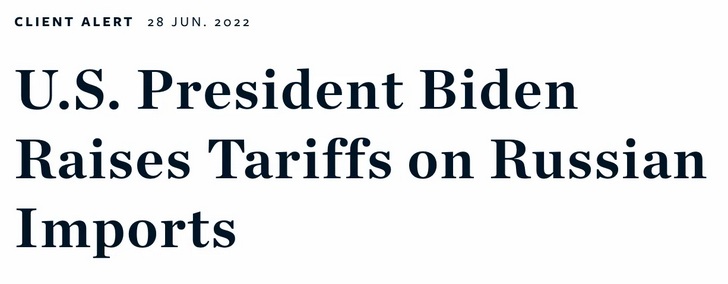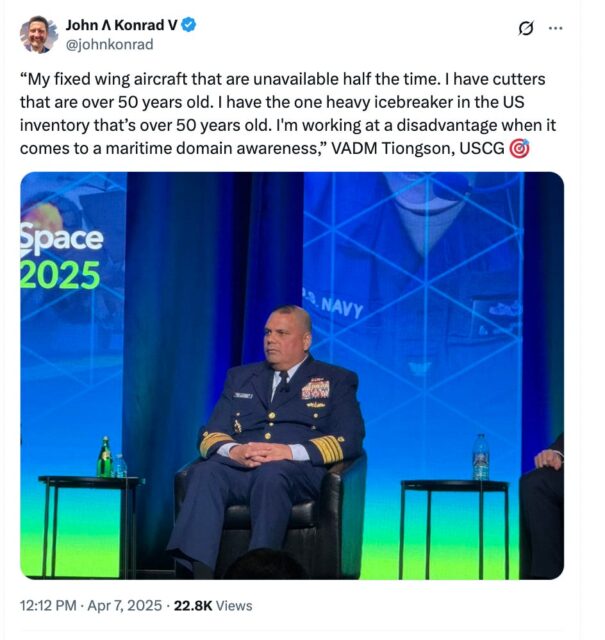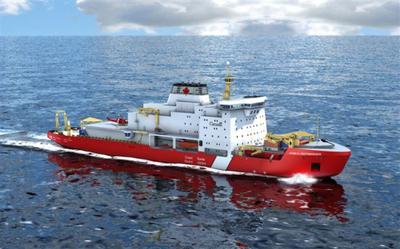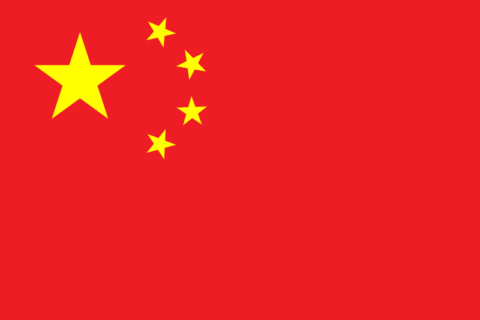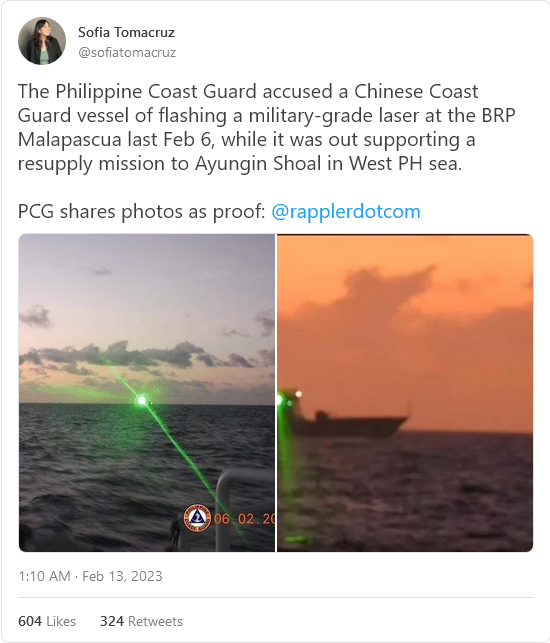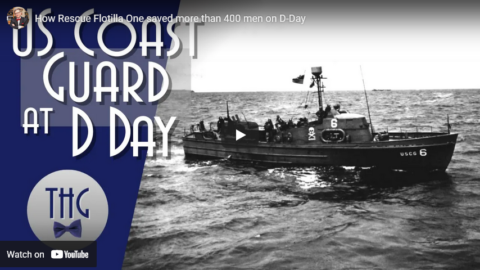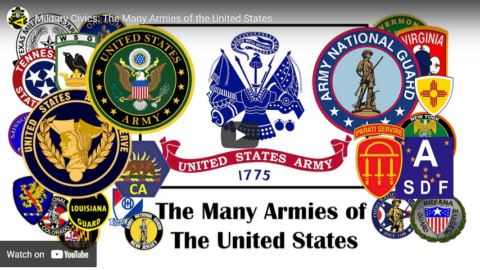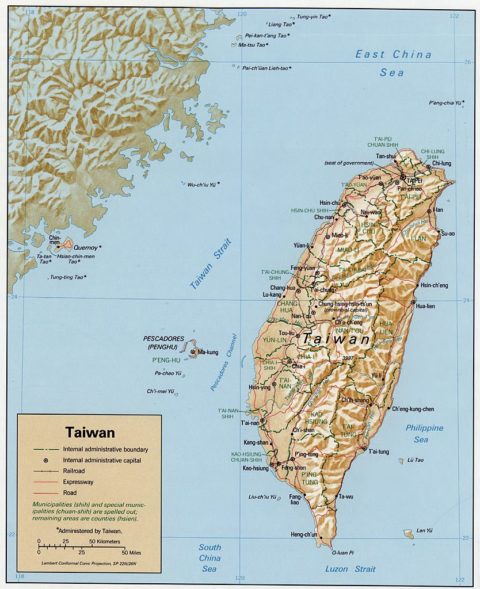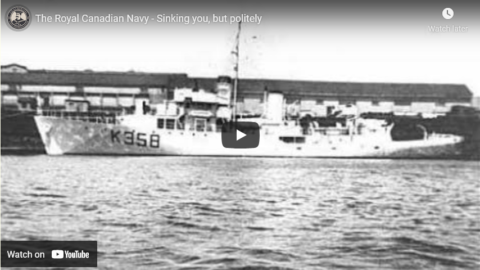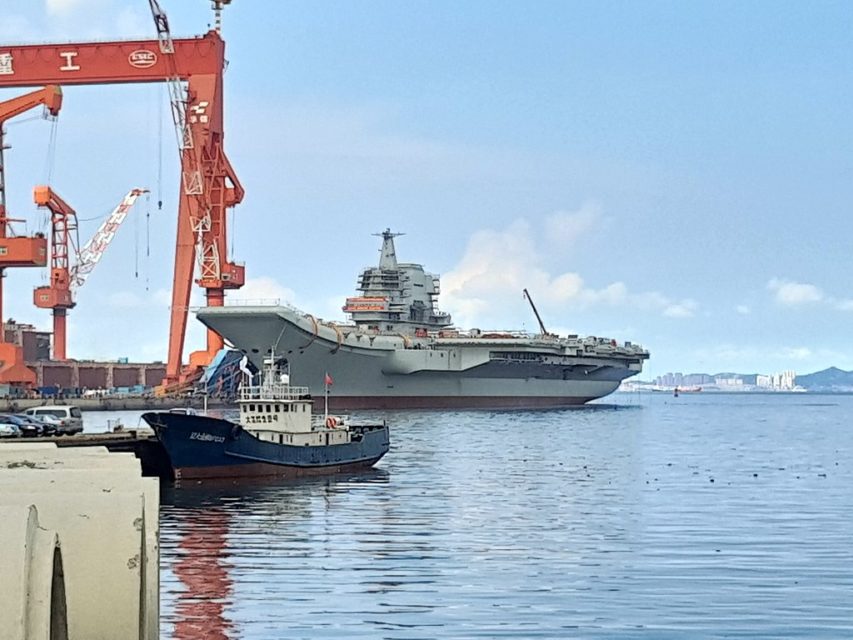Ted Campbell rounds up recent discussions of the Canadian government’s farcical National Shipbuilding Procurement Strategy (NSPS):
There is a somewhat biased but still very useful look at the successes of the National Shipbuilding Procurement Strategy (NSPS) in the Ottawa Citizen by Howie Smith who is the Past President of the Naval Association of Canada. Mr Smith is a retired Canadian naval officer who has provided consultancy services to several firms pursuing opportunities within the projects of the National Shipbuilding Strategy, which is why his article is somewhat biased. Mr Smith is responding to a recent report by Professor Michael Byers of the University of British Columbia, who is also a biased commentator on defence issues, which said that the NSPS “was flawed from the outset” and “According to Byers, the Liberal government should open-up the non-contractually-binding umbrella agreements with Irving and Seaspan, then cancel and restart the Canadian Surface Combatant and the Joint Support Ship procurement programs with fixed-price competitions involving completely ‘off the shelf’ designs.”
It is important, I believe, to understand why Canada needed something like the NSPS in the first place. The notion came in about the middle of the Harper government’s term in office – in around 2010. I think that two problems confronted the government:
- The Canadian shipbuilding industry was, once again, “on the ropes;” Davie, Canada’s largest shipyard was in bankruptcy and the other yards were too reliant on government contracts; and
- Both of the major federal fleets (the Royal Canadian Navy and the Canadian Coast Guard) were approaching “rust out,” again.
The solution to the first problem was to modernize the yards and make them internationally competitive … but that would cost money and private investment money is scarce ~ especially for shipbuilding, plus under the international trade rules to which Canada has agreed direct government subsidies to commercial shipyards are prohibited. The solution to shipyards that are too reliant on government contracts was ~ wait for it ~ another big government contract that would allow them to modernize themselves.
That indirect government subsidy is perfectly legal if the contracts are for navy and coast guard ships because “national security” is a big loophole in international trade law.
Both Professor Byers and Mr Smith have some good points … but neither is 100% correct. The NSPS was and remains a sound idea … the costs, which is the real crux of Professor Byers’ complaint, are not relevant because the defence and coast guard budgets are being (mis)used for industrial development ~ those are not the real costs of warships: they are the real costs of warships PLUS the cost of yard modernization.
The new surface combatant project is, as Mr Smith says, the biggest and costliest peacetime military procurement ever … and the NSPS is working just about a well as any “system” would at bringing it to fruition. At some point in the future a government will have to decide if Canada gets fewer ships than it needs or spends more more money than it wants … or, most likely, both.
That last sentence has always been the most likely outcome: the RCN will get fewer ships than it needs, and those ships will be significantly more expensive per hull than they need to be. The need for modern naval vessels isn’t the top priority … it’s probably not even in the top three priorities as far as the government is concerned (directing money to the “right” recipients, pandering to provincial sensibilities, lots of photo ops, and then maybe the actual needs of the RCN and CCG).
Update: Of course, it’s not like Canada is unique in the problems we have in military procurement … Australia is also struggling in a similar way:
The [Royal Australian] Navy’s program to replace the Collins Class submarines is known as SEA 1000. It involves modification of a French Barracuda Class submarine from nuclear to diesel-electric propulsion, plus other changes specific to Australia.
The 12 new submarines, to be known as Shortfin Barracudas, are intended to begin entering service in the early 2030s with construction extending to 2050. The program is estimated to cost $50 billion and will be the largest and most complex defence acquisition project in Australian history.
[…]
Then there’s the decision to build them in Australia. The Abbott government’s 2016 Defence White Paper only committed to building them in Australia if it could be done without compromising capability, cost or project schedule. That changed because of South Australian politics, and the new submarines could now be more appropriately described as the Xenophon class.
Even if all goes well, the cost of building warships in Australia will be 30 to 40 per cent more than if they were built overseas. However, the plan to build them in Adelaide at the Australian Submarine Corporation, the same group currently building the Air Warfare Destroyer, years late and a billion dollars over budget, adds to a sense of foreboding.
This follows the prize fiasco of the Collins Class submarine project. Their construction by the Australian Submarine Corporation ran years behind schedule, many millions over budget, and finally delivered a platform that the Navy has struggled to even keep operational.
And then there is the question of whether the new submarines will arrive before the Collins Class subs are retired, scheduled for 2026 to 2033. Even if delivery occurs on schedule, the first will not enter service until 2033. At best there will be one new submarine in service and a nine year gap between the retirement of the Collins Class and the introduction into service of the first six of the twelve new submarines.
Given this, the government has apparently committed an additional $15 billion to keep the 30 year old Collins submarines bobbing in the water. It’s like refurbishing a World War 2 German U-Boat for the mid-1990s.
The elements are all there for the submarine replacement program to become the procurement scandal of the century. Our Shortfin Barracudas will probably be the most expensive submarines ever built anywhere in the world.
For a lot less money, we could achieve a far more potent submarine capability. For example, off-the-shelf Japanese Soryu submarines cost only US$540 million. Modified to meet additional Navy requirements, they were quoted as costing A$750 million. If we simply bought twelve of those, the total cost to the taxpayer would be less than A$10 billion.
Equally, the existing nuclear Barracudas only cost $2 billion each, so we could get twelve of those for $24 billion.
For such an important defence capability, the government’s failure to guarantee Australia is protected by submarines is nothing less than gross negligence.

